Rick Archibald
A framework for compressing unstructured scientific data via serialization
Oct 10, 2024Abstract:We present a general framework for compressing unstructured scientific data with known local connectivity. A common application is simulation data defined on arbitrary finite element meshes. The framework employs a greedy topology preserving reordering of original nodes which allows for seamless integration into existing data processing pipelines. This reordering process depends solely on mesh connectivity and can be performed offline for optimal efficiency. However, the algorithm's greedy nature also supports on-the-fly implementation. The proposed method is compatible with any compression algorithm that leverages spatial correlations within the data. The effectiveness of this approach is demonstrated on a large-scale real dataset using several compression methods, including MGARD, SZ, and ZFP.
Sparse $L^1$-Autoencoders for Scientific Data Compression
May 23, 2024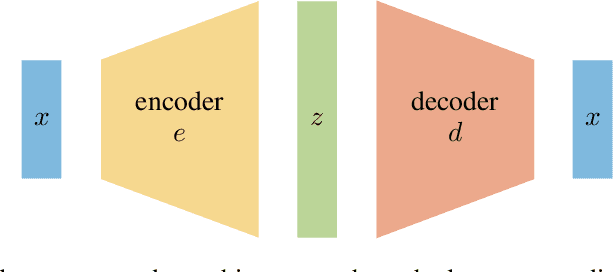
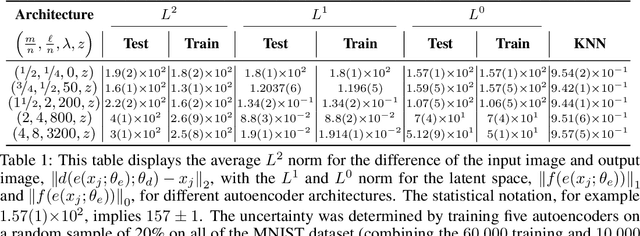
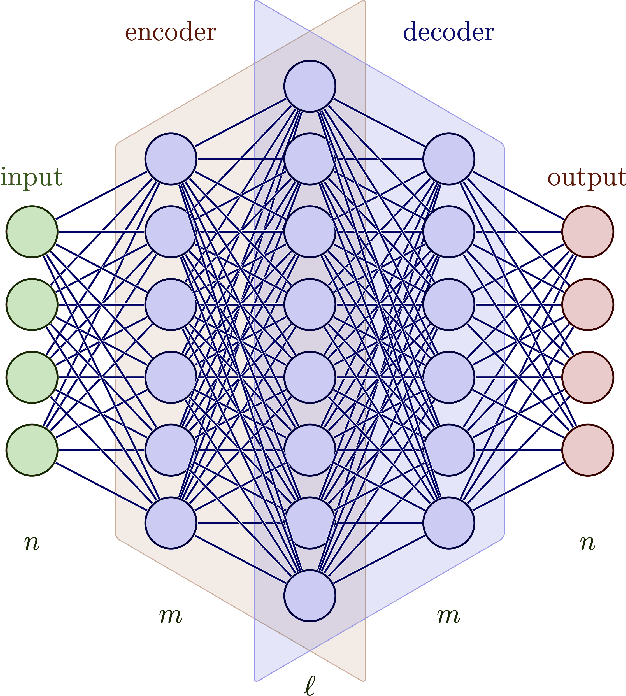
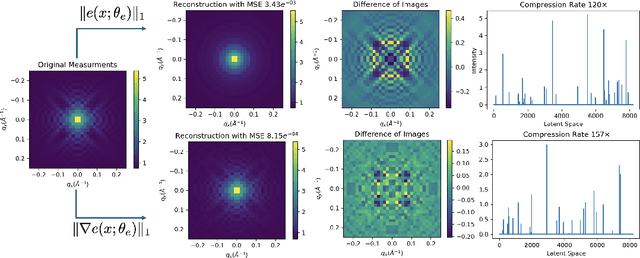
Abstract:Scientific datasets present unique challenges for machine learning-driven compression methods, including more stringent requirements on accuracy and mitigation of potential invalidating artifacts. Drawing on results from compressed sensing and rate-distortion theory, we introduce effective data compression methods by developing autoencoders using high dimensional latent spaces that are $L^1$-regularized to obtain sparse low dimensional representations. We show how these information-rich latent spaces can be used to mitigate blurring and other artifacts to obtain highly effective data compression methods for scientific data. We demonstrate our methods for short angle scattering (SAS) datasets showing they can achieve compression ratios around two orders of magnitude and in some cases better. Our compression methods show promise for use in addressing current bottlenecks in transmission, storage, and analysis in high-performance distributed computing environments. This is central to processing the large volume of SAS data being generated at shared experimental facilities around the world to support scientific investigations. Our approaches provide general ways for obtaining specialized compression methods for targeted scientific datasets.
Integrating Deep Learning in Domain Sciences at Exascale
Nov 23, 2020
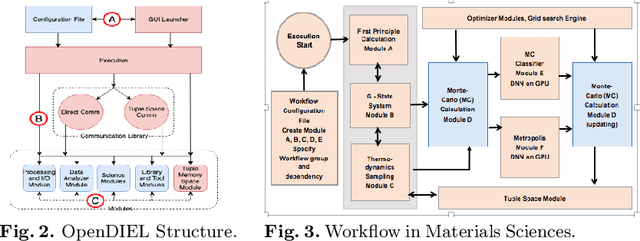
Abstract:This paper presents some of the current challenges in designing deep learning artificial intelligence (AI) and integrating it with traditional high-performance computing (HPC) simulations. We evaluate existing packages for their ability to run deep learning models and applications on large-scale HPC systems efficiently, identify challenges, and propose new asynchronous parallelization and optimization techniques for current large-scale heterogeneous systems and upcoming exascale systems. These developments, along with existing HPC AI software capabilities, have been integrated into MagmaDNN, an open-source HPC deep learning framework. Many deep learning frameworks are targeted at data scientists and fall short in providing quality integration into existing HPC workflows. This paper discusses the necessities of an HPC deep learning framework and how those needs can be provided (e.g., as in MagmaDNN) through a deep integration with existing HPC libraries, such as MAGMA and its modular memory management, MPI, CuBLAS, CuDNN, MKL, and HIP. Advancements are also illustrated through the use of algorithmic enhancements in reduced- and mixed-precision, as well as asynchronous optimization methods. Finally, we present illustrations and potential solutions for enhancing traditional compute- and data-intensive applications at ORNL and UTK with AI. The approaches and future challenges are illustrated in materials science, imaging, and climate applications.
 Add to Chrome
Add to Chrome Add to Firefox
Add to Firefox Add to Edge
Add to Edge